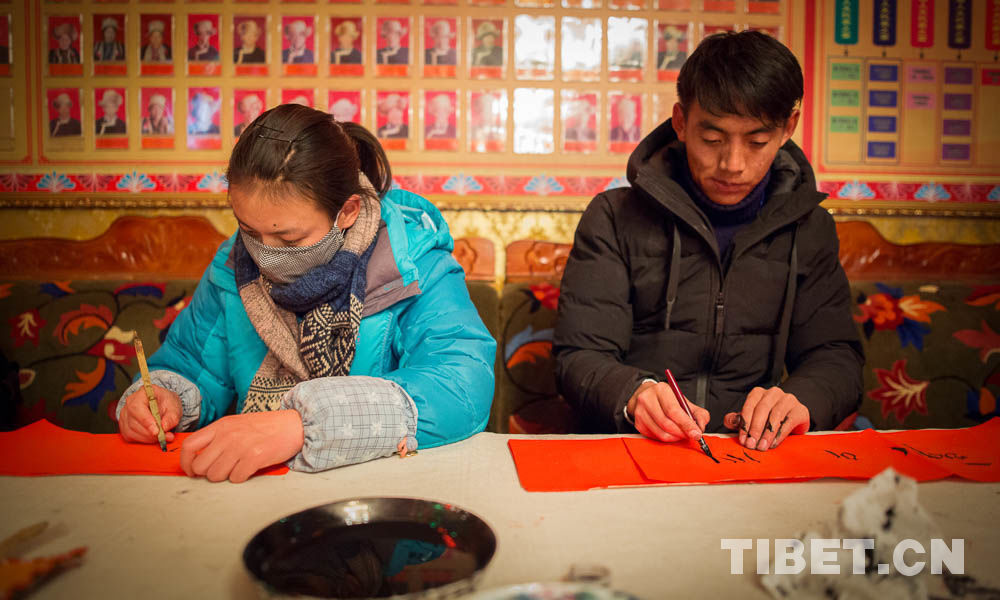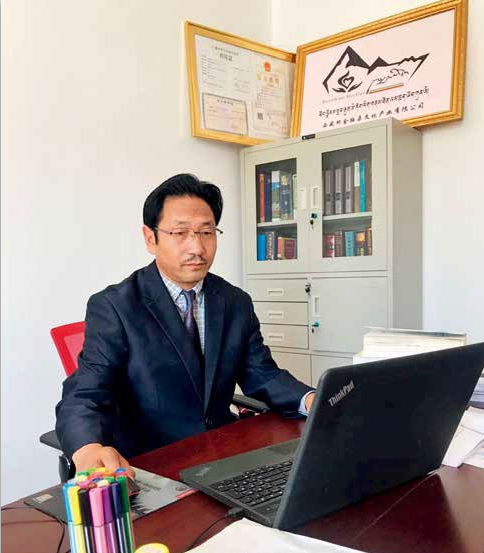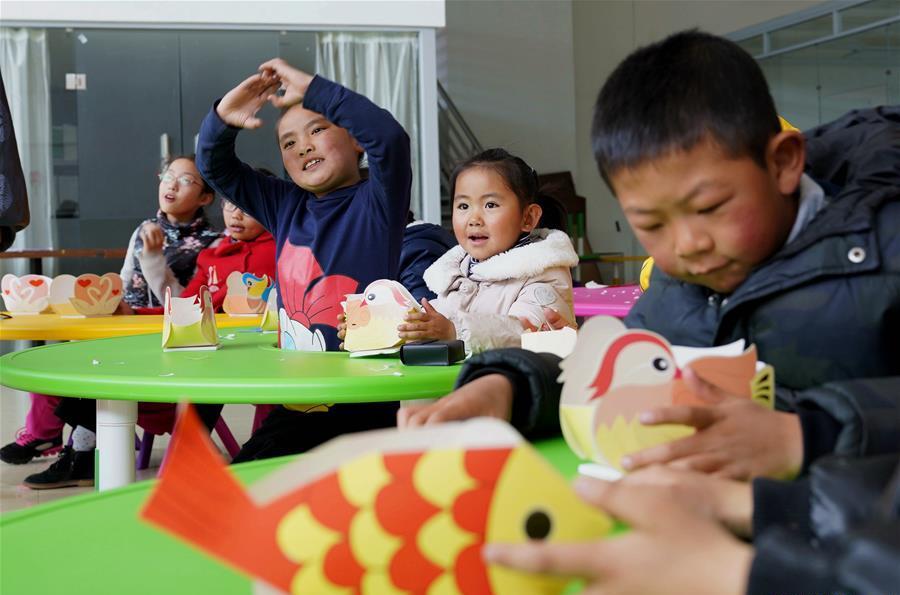Qinghai to have full coverage of Chinese and Tibetan medicine hospitals
This year, Qinghai is accelerating projects that aim to improve service capacities at primary Chinese and Tibetan medicine hospitals, achieving full coverage across the province of community health service centers and township hospitals for traditional medicine.
At 9 o’clock on April 17, the Xiaoqiao Street Community Health Service Center in Chengbei district, Xining city was crowded with people visiting the Chinese Medicine Hall on the second floor. The quaint, Chinese-style atmosphere exudes the charm of traditional medicine culture throughout the building. Consultation rooms for Chinese medicine massage and acupuncture line both sides of the corridor.
At the Acupuncture Department at the end of the corridor on the second floor, there are seven or eight beds in the 20-square-meter clinic. Patients lying on the beds were undergoing acupuncture treatments while several patients stood to the side waiting their turn, making this spacious room slightly crowded.
“Many patients are elderly people suffering from chronic diseases. On average we see more than 30 patients per day,” Yu Shunzu, director of the Acupuncture Department at Xiaoqiao Street Community Health Services Center, said. Since traditional medicine treatments are often time-consuming, Dr. Yu often has to wait until the afternoon to eat his lunch.
“We have benefited from the provincial Chinese medicine hospital construction project, and we develop from the previous Chinese Medicinal Massage Department to the current Chinese Medicine Hall. We have a daily outpatient volume of 200 people, which is more than double from before,” Meng Fanfeng, director of both the Xining City Chengbei District Chinese Medicine Hospital and the Xiaoqiao Street Community Health Service Center, said.
“We have been able to provide more than thirty types of Chinese medicine techniques which can meet residents’ basic needs for traditional Chinese medicine,” Meng Fanfeng said.
Ms. Han, who lives in the Xunhua Salar Autonomous Region in Qinghai, has long suffered from rheumatoid arthritis in her legs. Upon hearing that Tibetan medicated bath therapy was effective for her disease, she decided to try it in the Xunhua County Chinese and Tibetan Medicine Hospital.
At the first bath, Ms. Han required even need the help of a family member to ease her into the tub. But she never expected that after four treatments, she was able to walk slowly by herself. In addition to traditional medicated bath treatments, the Xunhua Chinese and Tibetan Medicine Hospital is fully equipped with traditional Tibetan medicine texts and has launched something called “you que therapy”. According to Tai Guo, director of the Xunhua County Chinese and Tibetan Medicine Hospital, due to the therapy’s simplicity, low cost, and practicality, it has quickly become popular among local patients. Since the hospital began this type of traditional Tibetan medicine therapy in 2015, a total number of 11,181 patients have benefited.
In January of this year, the People’s Government of Qinghai Province announced the list for the fifth group of provincial intangible cultural heritage representatives. The “you que therapy” was included on the list. This has not only enabled the legacy of Tibetan medicine to be passed down and inherited; it also greatly improves the level of treatment at the area’s only Chinese and Tibetan traditional medicine hospital, benefiting local residents who prefer Tibetan medicine.
According to Duan Zhi, deputy director of the China Tibet Pharmaceutical Administration of Qinghai Province, from 2013 to 2018, the country invested a total of more than 87 million yuan into such projects. There are 435 community health service centers and township hospitals throughout Qinghai Province. A total of 400 Tibetan medicine centers and primary health care institutions were built by the end of 2017, which is a total coverage rate of 92 percent.
“The target for 2018 is to achieve 100 percent coverage rate of Chinese and Tibetan traditional medicine in township hospitals and community health service centers.”
In 2016, the state began construction on a health information platform for primary traditional Chinese and Tibetan medical institutions, and Qinghai Province received funding of 20 million yuan for the project.
According to Duan Zhi, Qinghai Province will vigorously promote the construction of a provincial-level Chinese and Tibetan medicine data center, relying on Tibetan medicine hospitals, township hospitals, and community health service centers throughout the province to deploy software for an information platform for traditional Chinese medicine that will be distributed by the State Administration of Traditional Chinese Medicine.
“Establishing a Chinese and Tibetan Medicine Hospital Health and Provincial Information Cloud Platform will provide Chinese and Tibetan medicine hospitals with online medical records specific to traditional Chinese and Tibetan medicine; assist in medical prescriptions and diagnosis; include information libraries for ancient Chinese and Tibetan medicine and ancient texts; and provide remote diagnosis, treatment, and education services,” Duan Zhi said.
Your Comment
Name E-mail






